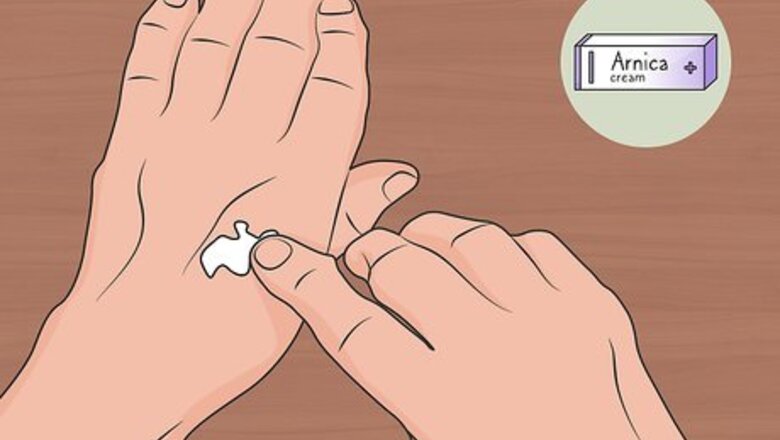
views
X
Trustworthy Source
U.S. National Capital Poison Center
Independent poison control center providing resources to prevent poisonings and save lives
Go to source
Also don’t use arnica as a replacement for professional medical treatment if you’re having any problems.
Using Topical Treatments
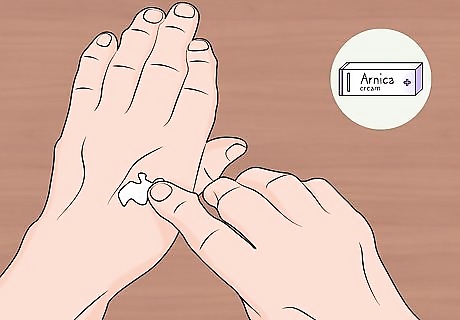
Rub arnica cream or gel onto sore joints if you have osteoarthritis. Arnica might work for arthritis pain, and some research shows that it can reduce pain and stiffness in your joints from osteoarthritis. This may be an effective remedy for you, so try rubbing it on your sore joints to see if it helps. For arthritis relief, rub arnica cream or gel on sore spots twice a day for 3 weeks to see if that helps. Arnica seems especially helpful for arthritis in your hands and knees. There are different concentrations of arnica cream available. Ask your doctor which would be best for treating arthritis pain.
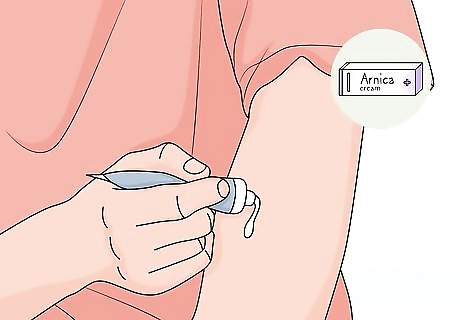
Use arnica if you have sore muscles from exercising. If you exercise regularly, then arnica cream might help you. Research isn’t certain, but arnica may help treat soreness from working out. Try rubbing it onto your sore muscles for a natural remedy. Arnica might also prevent soreness, so you could rub it onto your skin right after exercising to see if this helps. Be aware that some research shows that using arnica on sore muscles could make the pain worse in some cases.
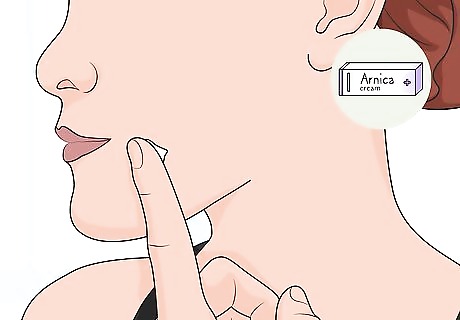
Try arnica cream if you have acne or skin rashes. Results are mixed, but arnica in gel or cream form may help heal acne, boils, or rashes on your skin. Arnica is not intended for use on broken or open skin, so only use it if the rash is unbroken.
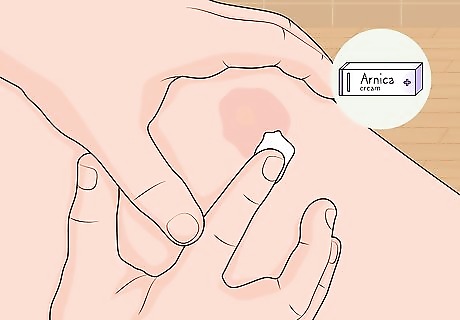
See if arnica helps heal bruises. Research is also mixed on this one, but arnica cream could heal bruising after injuries or surgery. Try applying a 20% arnica cream to bruises twice a day for 2 weeks. This could help bruises heal better. Remember to make sure the skin isn't broken in this spot before applying the cream.
Staying Safe
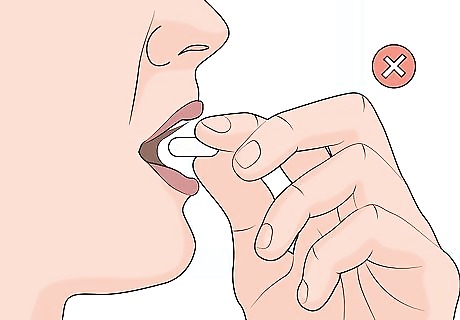
Do not take arnica by mouth unless a doctor tells you to. While arnica might have some health benefits, it is officially classed as an unsafe herb if taken by mouth. Some governments limit or ban it in food and supplements entirely. It’s best to avoid all oral supplements containing arnica unless your doctor tells you that taking it is okay. In high amounts, arnica can cause stomach pain, diarrhea, vomiting, breathing problems, and cardiac arrest. There are some weaker homeopathic remedies that only use small concentrations of arnica. These might be safe, but always ask your doctor or a homeopathic specialist before using them as well.
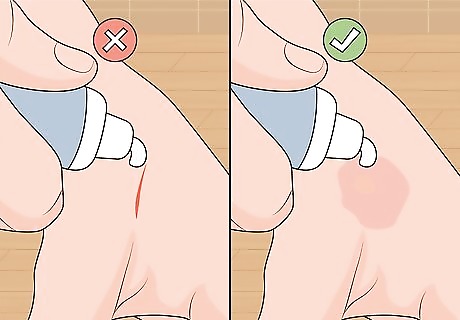
Use topical treatments on unbroken skin only. Arnica can get absorbed through broken skin and cause health problems. It’s only intended for unbroken skin, so don’t use it around any cuts or wounds.
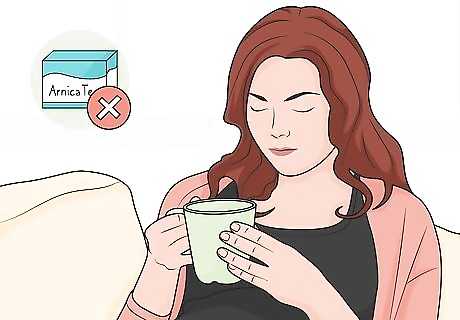
Avoid arnica if you’re pregnant or breastfeeding. Arnica can harm babies, so don’t use it at all if you’re pregnant or nursing. Taking arnica by mouth while you’re pregnant could cause a miscarriage, even if it’s a weak form like tea.
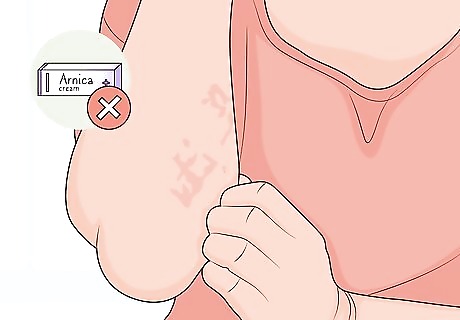
Stop using arnica if you develop any kind of rash or inflammation. It’s possible to be allergic or sensitive to arnica cream. If you notice any itching, redness, or inflammation after applying it, then stop right away.










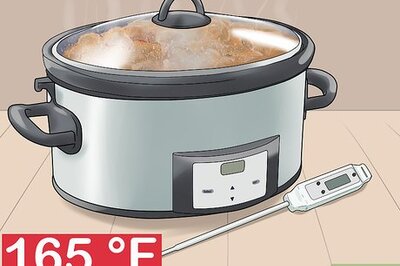









Comments
0 comment